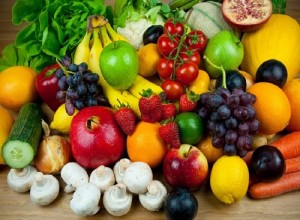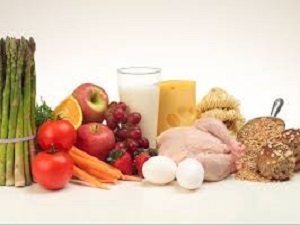BASICS OF NUTRITION

1. Nutrition for all functions in the body.
2. Why Nutrition ?
Chicken eat to meet Nutritional requirement.
3. What type of Nutrition ?
Age
Type
Layer
Commercial
Broiler Breeding Sex Breed
4. How to meet Nutritional Requirement ?
– From natural foods (Ingredients)
– Nutrient levels vary in ingredients
– Formulate feed Know the values
Adjust quantities
5. What are the different nutrients ?
Proteins
Carbohydrates
Fats
Energy
Vitamins and Minerals
6. What are Proteins :
Organic Compounds containing Nitrogen
Each protein is built of AMINO ACIDS
Several Amino Acids
Amino Acids vary in protein sources
Lysine & Methonine are important
Lysine : High in Soya bean, Fish
Methonine : Low in Soya bean, High in fish
7. Selection of protein source in feed :
Science indicates levels of Amino acids in ingredients
Nutritionist decides on levels of inclusion.
1. Amino acid levels present
2. Availability and Quality
3. Cost
8. What are Carbohyatrates ?
Carbon
– Contain Hydrogen
O2
– Stored in plant materials as seeds (Energy for the germinating seed)
– Proteins = Amino Acids
– Carbohydrates = Sacchardies or Startch
Present in Maize, Rice, Wheat etc.,
9. How do chicken make use of Carbohydrates ?
– During digestion
Carbohydrates converted into glucose
Glucose supplies energy for activities
Extra energy is stored as fat.
Energy is expressed as METABOLAZIBLE
i.e. Energy available after digestion
10. Can we replace Carbohydrates ?
– Not totally
– Can step up energy levels with fats
– Use of Oil & Sugar is expensive
11. What are FATS ?
Substance present in most ingredients, at different levels
Eg : Maize = 4 % Fat.
Fats = Fatty acids for functions (egg size)
Fatty Acids are reconverted to fats & Stored
Fats help in digestion system – Fat Soluble Vitamins.
12. What is Energy ?
Driving force from (mainly) Carbohydrates. Fats also by breakdown of Amino acids. Body Heat
Carbohydrate Digest Glucose Metabolic &
Other activities
Unit of energy = K. Calories
ME = Gross energy in feed – energy lost in excreta
Vitamins :
Chemicals essential for helping various metabolic processes of the body. Catalysts for efficient functions. Required in small quantities.
Names of Vitamins :
Initially A. B. C. D etc.,
Now chemical structures are known
Types of Vitamins :
1. Fat soluble 2. Water Soluble
Vitamin A : Growth, Resistance
Mucous Membrance
Fertility & Egg production
Vision
Vitamin D3 : Absorption of Carbohydrates & Proteins
Vitamin E : Fertility, Immune Stimulation, maintenances of Cell walls.
Nervous System
Antioxidant (In feed & Tissues)
Vitamin K : Anti – hemorrhagic Factor
(Coagulation of blood)
Water Soluble Vitamins :
1. Riboflavins (B2) : Hatchability, Joints, Tendons
2. Thiamin (B1) : Metabolism of Carbohydrates Nervous System
Stimulation of appetite
3. Pyridoxine (B6) : Metabolism of Amino acids growth Stimulator.
Muscle Conditioner
4. Nicotinic Acid Maintenance of joints
(Niacin) Dry areas of Skin (Shank, Beak)
Feathering
5. Pantolhonic Acid : Condition of Eqidermis Proteins, Carbohydrate and Fat Metabolism.
6. Biotin (H) : Metabolism of Carbohydrates, Fats
7. B12 : Red blood cells
8. C : Resistance to disease
Heat Stress
Cellular repair
9. Choline : Movement of fat in blood stream. Metabolism of fat. Regulation of fat in liver.
10.Folic Acid : Growth, Muscle formations, feather growth.



Comments are closed.